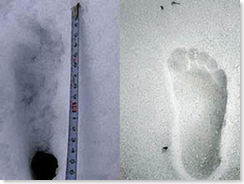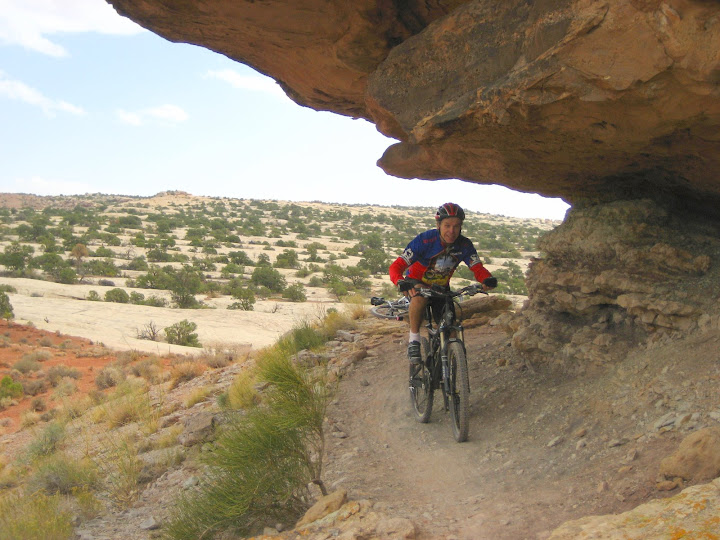Because of serious decline in this species, the timber rattlesnake is listed
as a Threatened species in Minnesota.
This is a large, venomous Minnesota species that is very heavy bodied and
measures from 36 to 60 inches in length. Timber rattlesnakes have a diamond shaped head
which is set off from their relatively thin neck. The pupils of the eyes are elliptical in bright light and there is a heat-sensitive pit between the eye and nostral on both sides of the head.
Ground color may be variable, but a banded pattern is almost always present. Ground color may be yellow, with or without a rusty orange stripe down the center of the back, or gray or brown. There are black bands (not spots) that run across the back for the entire length of the snake.
This species is found throughout most of the southeastern United States and ranges northward from Iowa into Minnesota and Wisconsin via a narrow band along the Mississippi River. In Minnesota, they are recorded from eight southeastern counties, but only six of these may hold breeding populations at this time .
Timber rattlesnakes live in the same habitat as milk snakes and prairie ringneck snakes in Minnesota, steep bluffs with rocky outcroppings. These snakes favor south and southwest sides of the bluffs and spend most of their time in the sunny open areas surrounded by forest. They hibernate in dens that travel into the sides of the bluff. They hibernate communally with other timber rattlesnakes.
This information was paraphrased by me from the Minnesota Herpetology website. Sounds like Barnes Bluff might be a suitable habitat for rattlers and Jenna Chimney, a dandy place to winter with your friends. I can feel myself getting ready to hibernate myself, somebody, please yank me out of the den if you think this has happened to me. Hey! reader in Denver! Leave a comment and let us know who you are!















